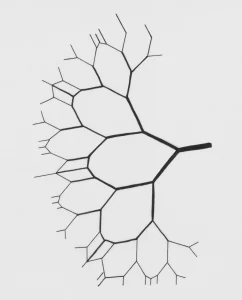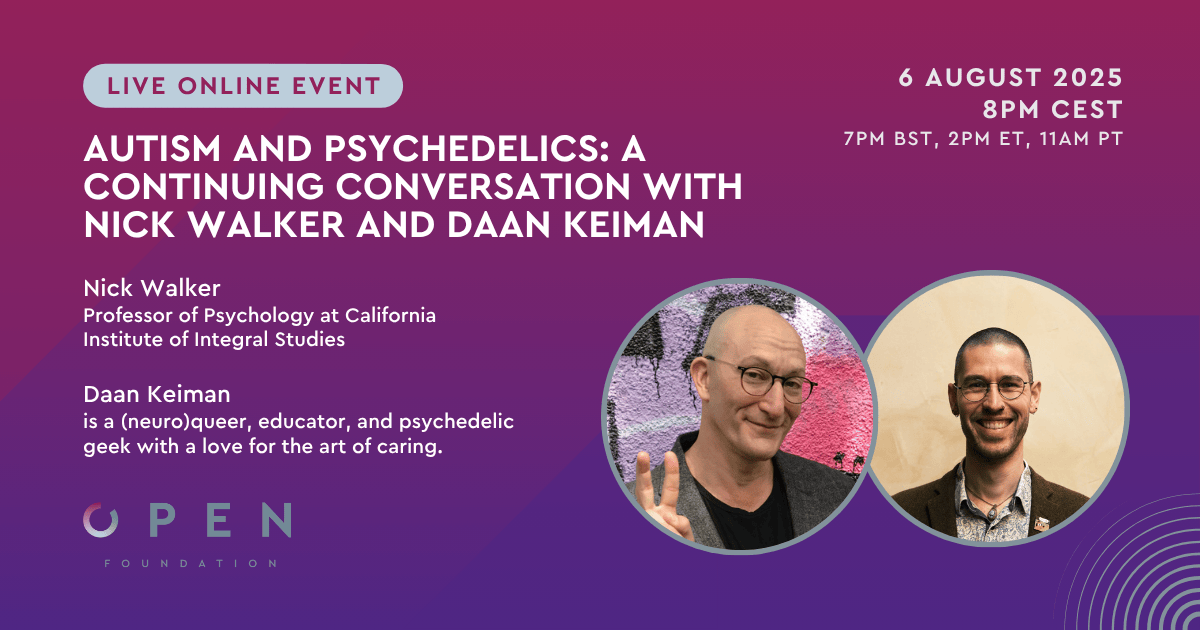Aim: Approximately one-third of patients with major depressive disorder develop treatment-resistant depression. One-third of patients with treatment-resistant depression demonstrate resistance to ketamine, which is a novel antidepressant effective for this disorder. The objective of this study was to examine the utility of resting-state functional magnetic resonance imaging for the prediction of treatment response to ketamine in treatment-resistant depression.
Methods: An exploratory seed-based resting-state functional magnetic resonance imaging analysis was performed to examine baseline resting-state functional connectivity differences between ketamine responders and nonresponders before treatment with multiple intravenous ketamine infusions.
Results: Fifteen patients with treatment-resistant depression received multiple intravenous subanesthetic (0.5 mg/kg/40 minutes) ketamine infusions, and nine were identified as responders. The exploratory resting-state functional magnetic resonance imaging analysis identified a cluster of significant baseline resting-state functional connectivity differences associating ketamine response between the amygdala and subgenual anterior cingulate gyrus in the right hemisphere. Using anatomical region of interest analysis of the resting-state functional connectivity, ketamine response was predicted with 88.9% sensitivity and 100% specificity. The resting-state functional connectivity of significant group differences between responders and nonresponders retained throughout the treatment were considered a trait-like feature of heterogeneity in treatment-resistant depression.
Conclusion: This study suggests the possible clinical utility of resting-state functional magnetic resonance imaging for predicting the antidepressant effects of ketamine in treatment-resistant depression patients and implicated resting-state functional connectivity alterations to determine the trait-like pathophysiology underlying treatment response heterogeneity in treatment-resistant depression.
Nakamura, T., Tomita, M., Horikawa, N., Ishibashi, M., Uematsu, K., Hiraki, T., Abe, T., & Uchimura, N. (2021). Functional connectivity between the amygdala and subgenual cingulate gyrus predicts the antidepressant effects of ketamine in patients with treatment-resistant depression. Neuropsychopharmacology reports, 41(2), 168–178. https://doi.org/10.1002/npr2.12165













